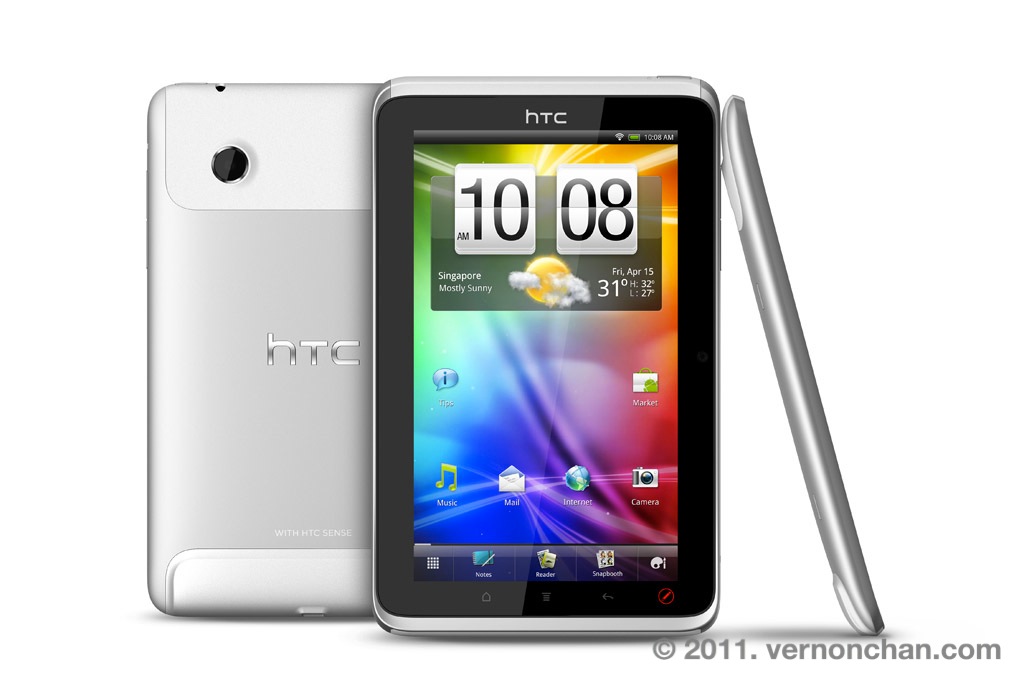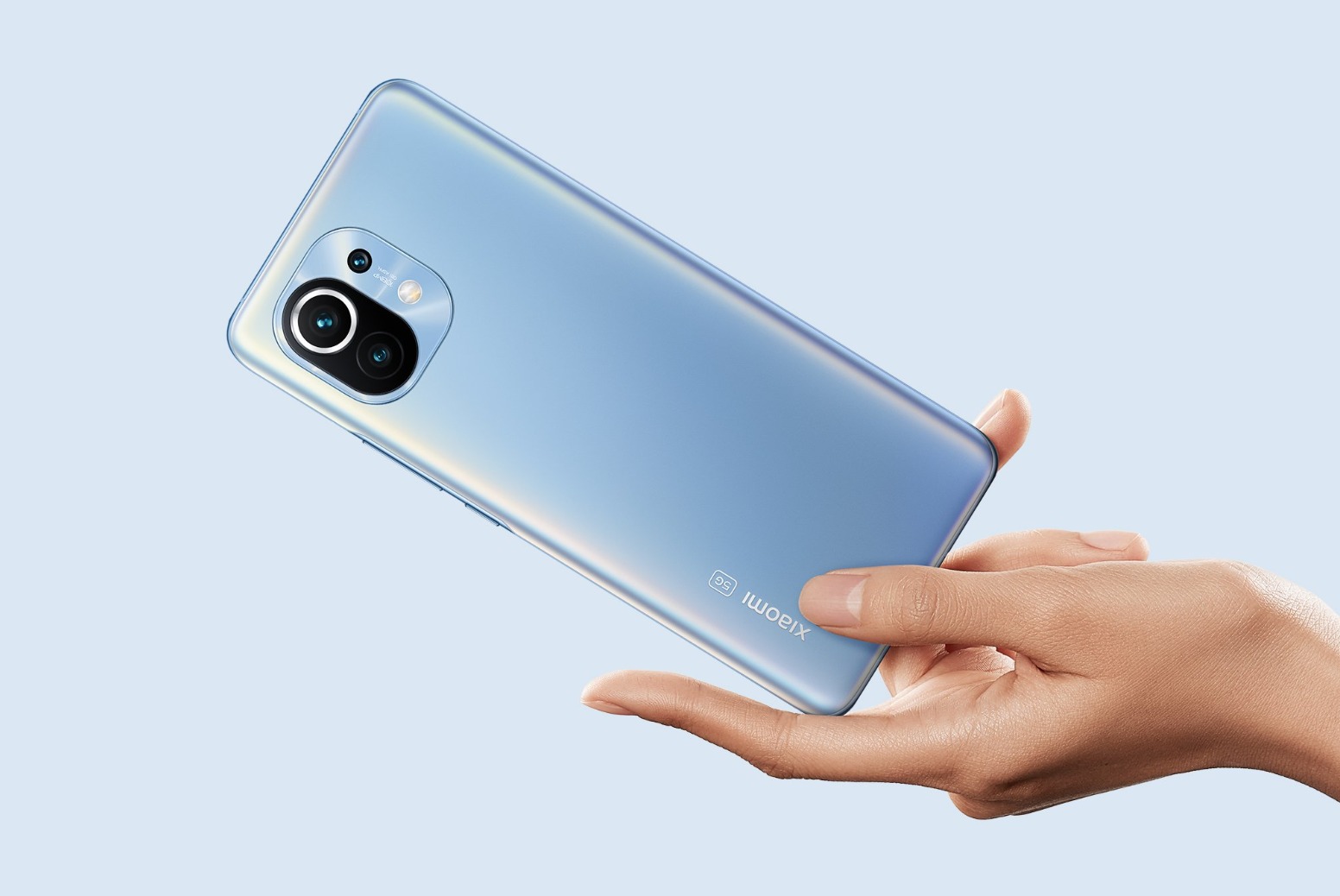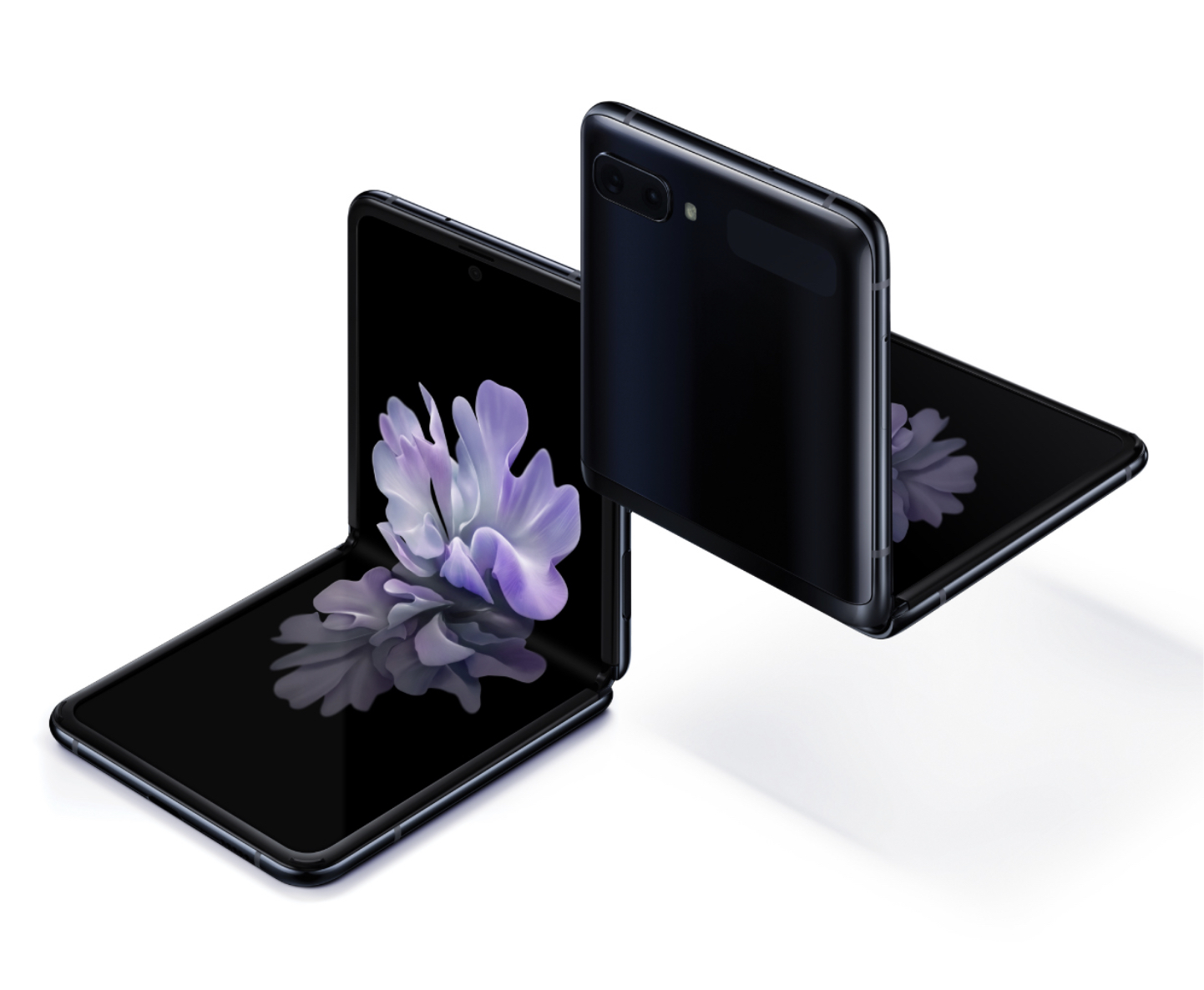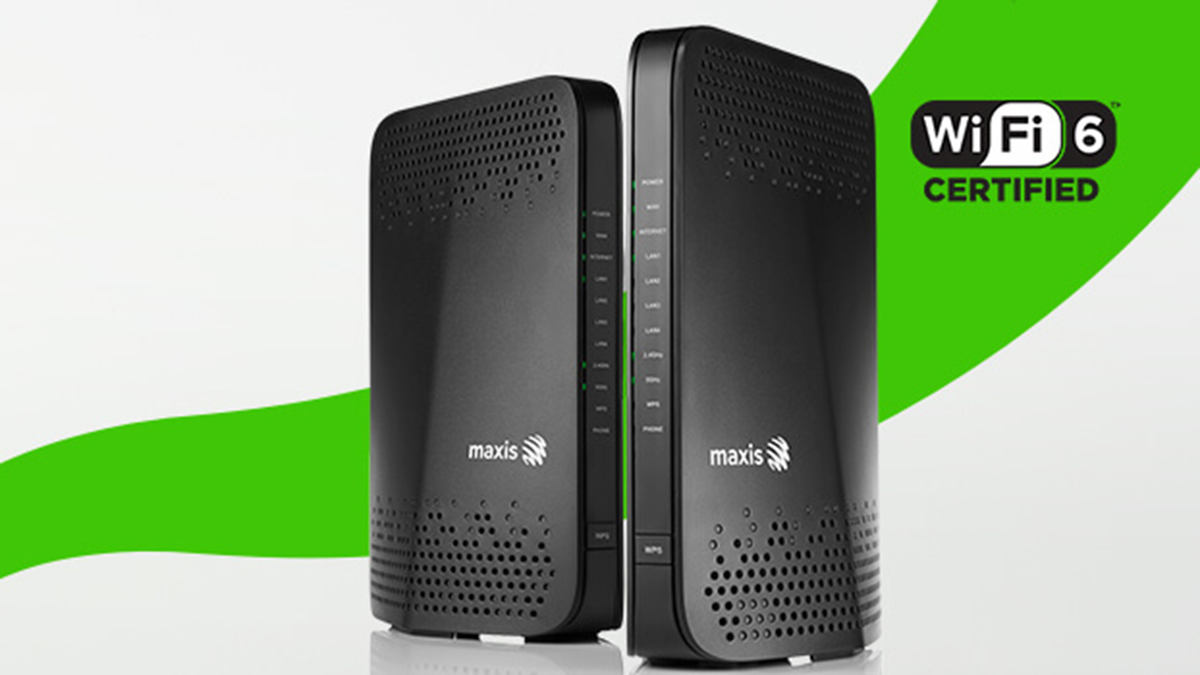HTC pushes out its first tablet product into the market with a pocketable 7-inch, aluminium encased unibody tablet running a tweaked version of Android v2.3 Gingerbread, sweetened by HTC Sense. I had the opportunity to play with it briefly during last week’s media launch at Sky Bar, Traders Hotel. Read on for my first impressions on this nifty device.
Design – Unibody Sex
HTC’s design language has been pretty consistent across all its products and it’s no different with the HTC Flyer. Carved from a single block of aluminium (yes like the Apple’s MacBook Pro, hint hint), the HTC Flyer exudes the coolness and build quality that’s synonymous with HTC.
Although it’s only a 7-inch and fits in your hand (and pocket), it still feels properly weighted, tipping the scales at 420g inclusive of the battery. I am not a fan of the plasticky bits of the exterior, however, overall finishing and material is top class.
Honestly speaking, I’m not fond of 7-inch tablets as they are not optimum for reading, and since being spoiled by the screen real estate of a 9.7-inch iPad, anything smaller just feels, well, inadequate. Ahem, yes size does matter, contrary to popular belief! On the opposite side of that argument, 7-inches means it’s easier to hold and more pocketable. The only hardware buttons are power and volume.

Hardware – Full Specced Special
The HTC Flyer is powered by a single-core Qualcomm MSM 8255 Snapdragon 1.5Ghz processor. Why single-core and not a dual-core Tegra 2 you may ask? At this juncture, the OS has not been optimized for dual-core chips and performance gains in the real world are minimal. HTC opted for the single-core for the balance between overall performance and battery life.
It comes built-in with a generous 1GB RAM and 32GB of internal storage (depending on configuration). The tablet comes with all the modern bells and whistles that every tablet should have in this day and age – GSM/HSPA and WIFI (b/g/n) connectivity, internal GPS antenna, Bluetooth 3.0, mini-USB, microSD expansion and two cameras.
The front is a 1.3MP camera (for camwhoring and video chat!) while the rear boasts a 5MP with autofocus sans flash which supports 720p HD video recording. Other goodies include G-sensor, digital compass and ambient light sensor. Battery wise, HTC has included a 4000mAH lithium-ion, good for up to 8 hours (video up to 4hours), which is quite commendable.
Software – A Whole Lotta Sense
You have to hand it to HTC for their commitment to deliver the ‘HTC experience’ to customers in both hardware and software. HTC Sense, HTC’s special skinning over Android has its strong points although some consider it an acquired taste. I think they’ve done a pretty good job with Gingerbread 2.3 on a tablet.
As you know, Gingerbread isn’t meant for a tablet form factor so it’s quite a challenge I imagine to get things to display and work optimally on the HTC Flyer. It will be interesting how HTC works with Honeycomb when Google releases the tablet-optimised OS to developers/manufacturers.
HTC Sense is very widget-driven, and very, very social – and this is apparent on the HTC Flyer as well. The home screen is pretty nice, widgets arranged in a 3D carousel. Go crazy swiping! Visually, landscape is best as in portrait mode things seem a little cramped. Overall experience is as you would expect – responsive, snappy.
With the HTC Flyer, HTC is introducing a new pen-based innovation – HTC Scribe Technology. Before you balk and get flashbacks to the PDA-driven 90s, wait. HTC thinks this is a good idea. This innovative pen interaction technology enables natural note-taking, drawing, and even scribbling on web pages and photos.
A feature called Timemark enables you to capture audio of a meeting together with your written notes, so tapping on a word in your notes instantly takes you to that exact place in time in the audio recording of the meeting. Pretty cool. The non-capacitative stylus was co-developed with N-Trig, a digitizer expert.
The stylus is battery-powered and it’s an ‘active’ pen which communicates with the screen and relays its pressure, positioning, etc. The Flyer actually uses a special N-Trig panel built together with the capacitative screen and stylus. HTC Scribe does not work with regular styli, so don’t bother trying! The stylus battery-life is apparently over 1 year, running on AAAA batteries.
The bundled Notes app has built-in synchronisation with Evernote. Nice. Having played around with the stylus and Scribe, I personally find it a little clunky, with an additional interface, which can make things a little more complicated. Writing does feel quite natural and I think note-taking would be a cinch with this. It’s quite early to tell how this will catch on. There’s little else to show – perhaps in the distant future there will be more apps that can take advantage of this stylus-based interaction.
A couple of months ago, HTC bought Saffron Digital, a global video delivery platform company, whose products and services are live in 26 countries and 14 languages. The result of the purchase? HTC Watch, HTC’s very own streaming video purchase which will enable users to preview, purchase and download movies right to their HTC Flyers. HTC Watch isn’t available yet (but has been launched in US and Europe), but according to HTC, will be coming to our shores once ready, some time this year.
What was glaringly missing was the absence of any game demos. Is HTC positioning the HTC Flyer as a note-taking device? Hope not. It’s also strange exclusion because HTC has poured $40 million into OnLive, renowned cloud-gaming experts. OnLive is the pioneer of on-demand, instant-play video games and just announced OnLive Viewer mobile app which enables live spectating of any of millions of OnLive video game session that are played across the globe. Sounds absolutely enticing. The best is yet to come, I presume.
Performance
Thanks to its generous RAM and zippy 1.5Ghz processor, the HTC is snappy. The capacitative screen is responsive and nicely bright. Performance of both the front and rear cameras are good, although captured images with HTC cameras are typically washed and desaturated. Definitely something HTC needs to work on (hint: get Samsung or Sony to build you one!). HTC Scribe is something new, slightly clunky but may be useful for note-taking and the novelty of scribbling on-screen. It adds a little more complexity to the UI but I’m eager to see how this evolves in the future. Video playback is great, even in HD. No stuttering, no lags. Good stuff.
Final Thoughts
The HTC Flyer may be HTC’s first tablet product, however, there’s a level of polish and refinement that’s gone in to this maiden effort. It’s well-built overall. I commend HTC for its commitment with HTC Sense. Also its attempt to set itself apart from other tablets with innovations like HTC Scribe Technology.
At RM2,499, it isn’t exactly a cheap piece of kit, especially for a 7-incher. If you’re a fan of the 7-inch pocketable size though, then the HTC Flyer may just be the full-featured tablet companion that you need. Good news for interested buyers – on May 12 May 2011, the first 50 customers who visit the Maxis centre at KLCC will be able to purchase the HTC Flyer at a special price of RM999, enjoying savings of approximately RM1,500.
Download and listen to TechBeat #17 audio podcast, where I join host John Lim, Goreng.my’s Erna Mahyuni and Jiboneus’ J Shamsul Bahri to discuss, among other subjects, about the BlackBerry PlayBook and HTC Flyer.
| Processor | Qualcomm MSM 8255, 1.5 GHz |
| Operating system | Android™ with HTC Sense™ |
| Memory | Internal Storage: 32 GB RAM: 1 GB(The actual available internal storage may differ depending on the software configuration of your device) |
| Dimensions | 195.4 mm (L) x 122 mm (W) x 13.2 mm (T) |
| Weight | 420 grams (with battery) |
| Display | 7-inch touch-sensitive TFT screen with 1024 x 600 resolution |
| Network | HSPA/WCDMA (900/2100 MHz)GSM/GPRS/EDGE (850/900/1800/1900 MHz)
(Band frequency, HSPA availability, and data speed are operator dependent) |
| Internet | 3G:
GPRS:
Wi-Fi®: IEEE 802.11 b/g/n |
| Tethering | USB and Wi-Fi® tethering |
| GPS |
|
| Sensors |
|
| Connectivity |
|
| Bluetooth |
|
| Camera |
|










